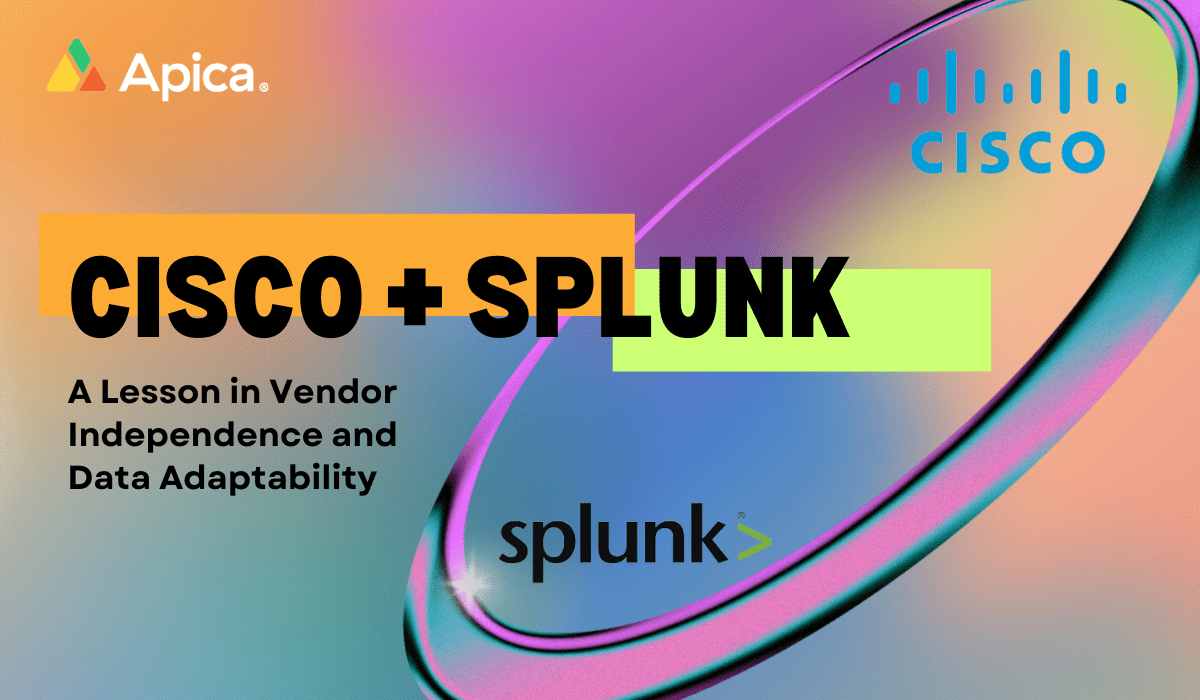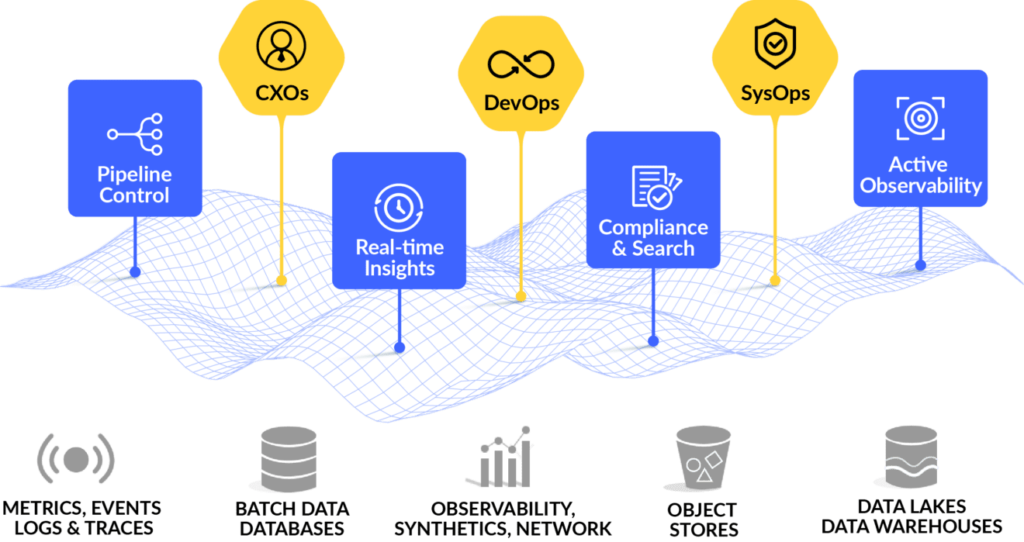In the ever-evolving landscape of technology and business, mergers and acquisitions have become a common occurrence. The latest buzz in the tech world revolves around the Cisco-Splunk acquisition, in which the former acquires the latter for a staggering $28 billion! This marks the fifth major acquisition in the AIOps and Observability space this year alone, following SumoLogic, OpsRamp, Moogsoft, and New Relic.
While many await the unfolding of this huge tech synergy, it’s crucial to understand the broader implications of such acquisitions and how they impact businesses and practitioners.
In this blog post, we won’t simply delve into the usual “good or bad” narrative. Instead, we’ll explore the significance of vendor independence and how a robust data fabric architecture like Apica can provide the necessary resilience in a dynamic tech landscape. We’ll also shed light on the importance of treating data as a product and how platforms like Apica Ascent can empower organizations during such transitions.
Vendor Independence: Guarding Against Lock-In
Acquisitions like Cisco-Splunk, highlight a common challenge in the tech world- vendor lock-in. When organizations heavily invest in a particular vendor’s ecosystem, they become vulnerable to potential disruptions caused by mergers, feature deprecations, or compatibility issues.
For instance, with the Cisco-Splunk acquisition, there’s a concern about how the observability offerings will align. Will Cisco migrate its observability offerings to the Splunk platform, or will Splunk’s capabilities be integrated into Cisco’s infrastructure?
In summary, it’s about being future-ready, vendor-independent, rapid adoption of new technologies, and protection against feature deprecation. For instance, Cisco acquiring Splunk- will Splunk in the future be as compatible as it was with Juniper devices? Probably not, as there’s a direct incentive not to do so. You see the only way out of this is to make data a product and Apica is the platform to manage that.
The Data Fabric Architecture Solution
To address the challenges of vendor lock-in and the uncertainties of tech mergers, a data fabric architecture emerges as a resilient solution. A data fabric is designed to be future-ready, vendor-independent, and adaptable to rapid technological changes. It’s a framework that allows organizations to seamlessly manage and migrate data assets as needed.
The Data fabric architecture ensures that data is treated as a product, making it replaceable and adaptable in various directions. This adaptability enhances the actionable value of data and mitigates the risks associated with vendor consolidation.
The Role of Apica’s Ascent Platform
So, where does Apica fit into this narrative? Apica’s Ascent Platform aligns perfectly with the need for data adaptability and vendor independence in a world where tech giants continue to consolidate. The Apica Ascent platform positions itself as the means to manage data, emphasizing its adaptability in various directions.
In a landscape where the focus may primarily be on market share gains rather than improving effectiveness for customers, Apica’s approach focuses on addressing the real pain and needs of customers and prospects. It offers a more flexible and scalable alternative to consolidated tools like Cisco/Splunk, ensuring that data remains a valuable and manageable, and fungible asset.
Bottomline: Embracing Resilience in an evolving Tech World
The Cisco-Splunk acquisition serves as a poignant reminder of the importance of vendor independence and data adaptability. It’s not just about features and capabilities; it’s about safeguarding your data assets in a rapidly evolving tech landscape.
Moreover, Cisco’s historical focus on its established practices underscores that this merger leans more towards consolidating major market players to seize a larger market share, rather than prioritizing customer-centric effectiveness and adaptability.
As businesses face the challenges posed by mergers, spin-offs, vendor consolidations, and feature deprecations, a data fabric architecture like Apica the key to navigating these transitions smoothly. By treating data as a product and positioning a flexible platform to manage it, organizations can ensure that they are well-prepared for whatever twists and turns the tech world may bring.





